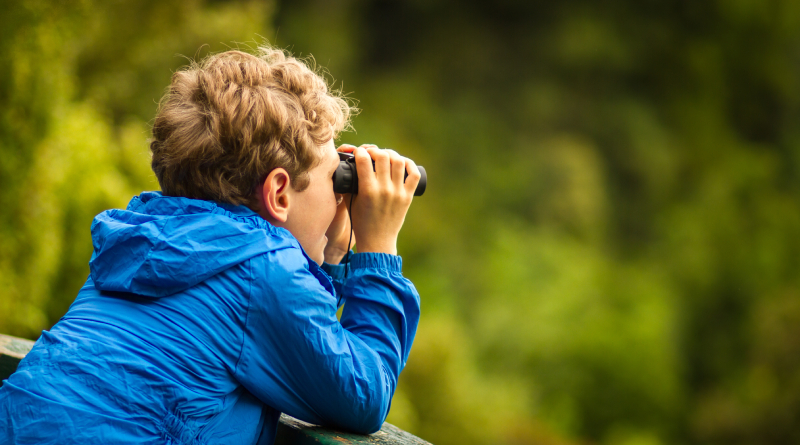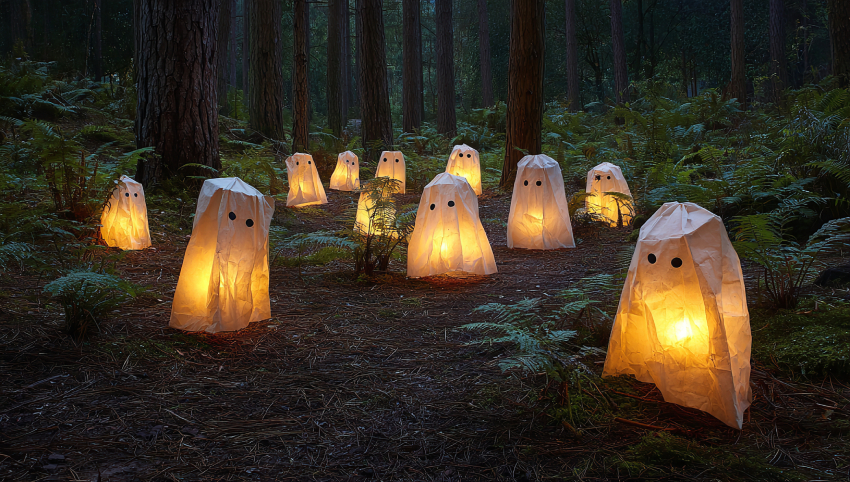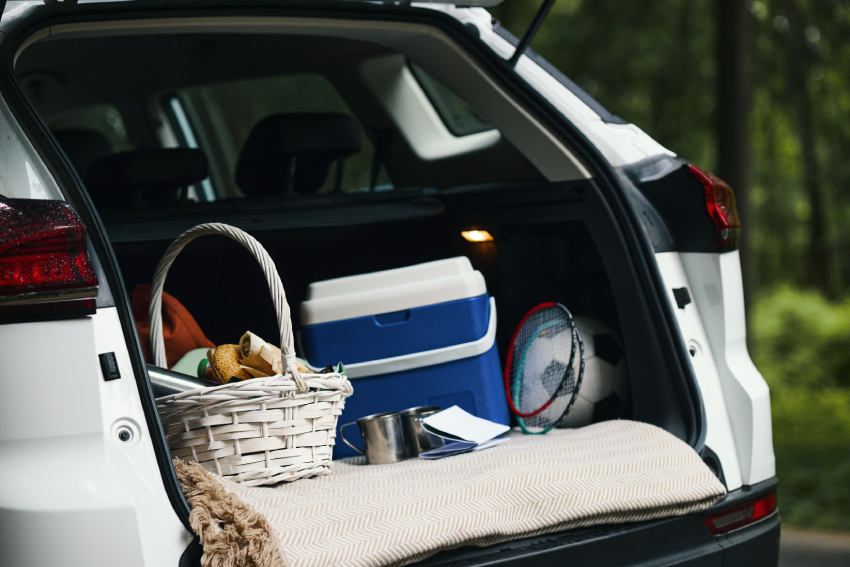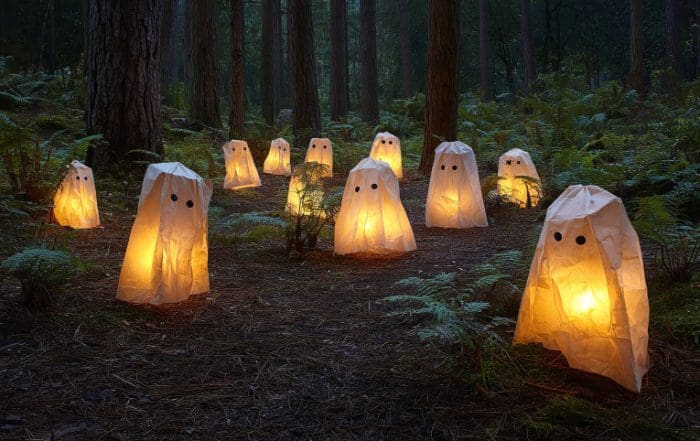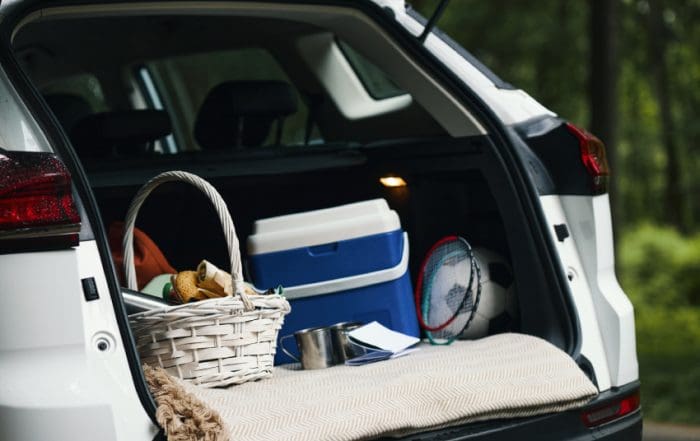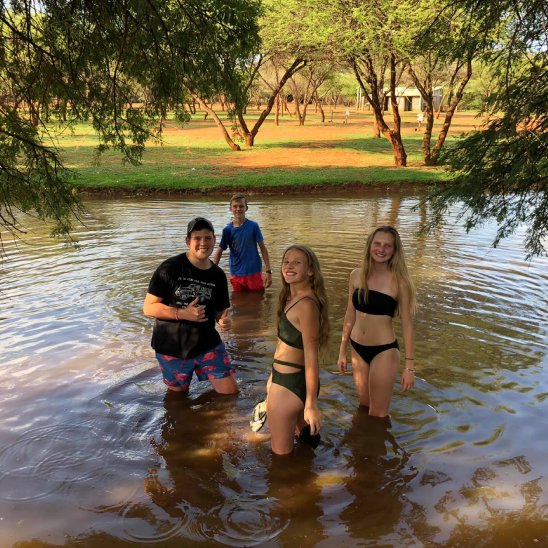Experiencing the Wonders of Bird Watching in Bela Bela
Birding, another name for bird watching, is observing birds in their natural environment. It's an activity that people of all ages and abilities can enjoy; you only need patience and an acute eye. Bird watchers use characteristics such as plumage, sounds, and behaviours to identify different species, whether they are in a nearby park or a distant wilderness. This practice, which promotes a deeper understanding of bird ecology and the more significant environmental challenges facing these avian species, has grown in popularity as a way to appreciate wildlife.
Observing birds fosters a connection with the natural world and a sense of environmental care in people. Using field guides and binoculars, fans may identify and record the South African bird species they see, which helps with citizen science initiatives and biodiversity databases. Birding has a vital social element as well. Communities gather around birdwatching groups, internet discussion boards, and field trips where people exchange sightings and experiences.
Birdwatching is not just for fun; it has significant conservation implications. Birdwatchers' observations can provide vital information for environmental monitoring and scientific study. Because the existence or lack of a particular bird species can reveal changes in the environment, bird watchers are essential to the endeavour to preserve and safeguard natural ecosystems. Therefore, birdwatching acts as a link between recreational pursuits and environmental stewardship.
The Variety of Bird Species in South Africa
With diverse species unmatched in many other parts of the world, South Africa is well known for its abundant avifauna. With binoculars and bird watching gear, enthusiasts can witness many environments home to over 850 documented bird species. The country's geographic diversity, which ranges from savannas to coastal areas, supports this diverse array of birds.
Several endemic birds, such as the Cape Sugarbird and the Knysna Turaco, exist in popular birding destinations like the Western Cape and Kruger National Park. Birders frequently use field guides and apps to record their sightings, which helps to follow breeding practices and migration patterns.
Notable Birds of South Africa
- The Cape Sugarbird is recognisable because of its lengthy tail feathers.
- Knysna Turaco: Easily identified by its red crest and green feathers.
- The remarkably graceful blue crane is the national bird of South Africa.
To respect the bird life cycle, bird watchers keep a safe distance during the nesting season to prevent disturbing the birds. They usually use equipment such as top-notch binoculars for unobstructed observation and attire that blends in with the environment to provide a natural experience.
In South Africa, birdwatching serves a valuable conservation purpose by documenting the health and distribution of species, making it more than just a recreational activity. Whether via worldwide tours or local bird clubs, participants in this dynamic activity advance ecological awareness and conservation while deepening their understanding of avian diversity.
Birds you can find in Bela Bela
Birdwatching in Bela Bela offers diverse bird species, with over 250 recorded at Mabalingwe Game Reserve alone. Notable sightings include Narina Trogons and Crested Francolins in riverine forests, while woodpeckers are also spotted. For more detailed bird lists in Limpopo Province, Avibase offers a checklist.
Important Species Best Times to Watch
- The Pied Kingfisher and African Fish Eagle Dawn: Late Afternoon, Early Morning
- Lilac-breasted Roller: Morning and Evening.
- African Hoopoe: All day long.
- Mornings are the best times to see the green wood hoopoe.
- The Crested Barbet is active in the afternoon sun.
- Kori Bustard: Usually observed all day long.
- Red-crested Korhaan: This bird is frequently seen in the early morning.
Every location has a different habitat, guaranteeing a varied experience for birdwatching. To optimise their sightings, birdwatchers are advised to attend at various times. For an optimal experience, they should also bring binoculars and field guides. While taking in the abundant birds, showing respect for the natural ecosystem and the species is crucial.
The Greatest Equipment for Beginning Bird Watching
Equipping yourself with the proper equipment before you go bird-watching can make a big difference. Beginners should think about the following crucial components:
Choose binoculars with an 8×42 or 10×50 magnification to achieve an optimal blend of field of vision and power. It is beneficial to have features like fog-proofing and waterproofing.
- Field Guide for Nikon Monarch 5 8×42 and Celestron Nature DX 8×42: A trustworthy field guide facilitates the identification of many species. Select one with clear illustrations or images that are thorough for the area.
- Renowned field guides
- Sibley's Handbook of Birds
- Clothes: To blend in with the surroundings, wear clothing in neutral hues. The secret to adjusting to shifting weather is layering.
- Hats and sunglasses: While sunglasses help reduce glare, hats with brims protect against the sun.
- Apps and Resources: Many apps help identify bird sounds and record observations. They could be a handy digital tool.
Are you ready for bird watching at Mbizi Lodge? Book your stay with us today.


